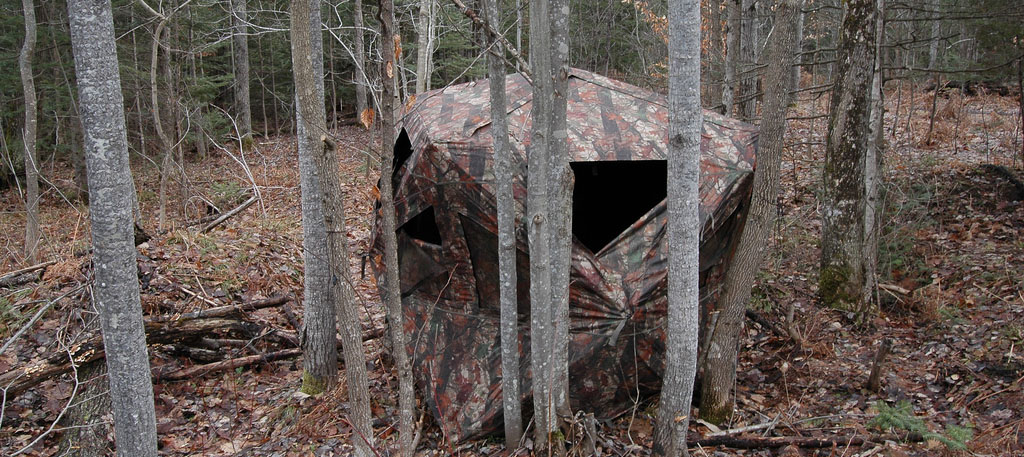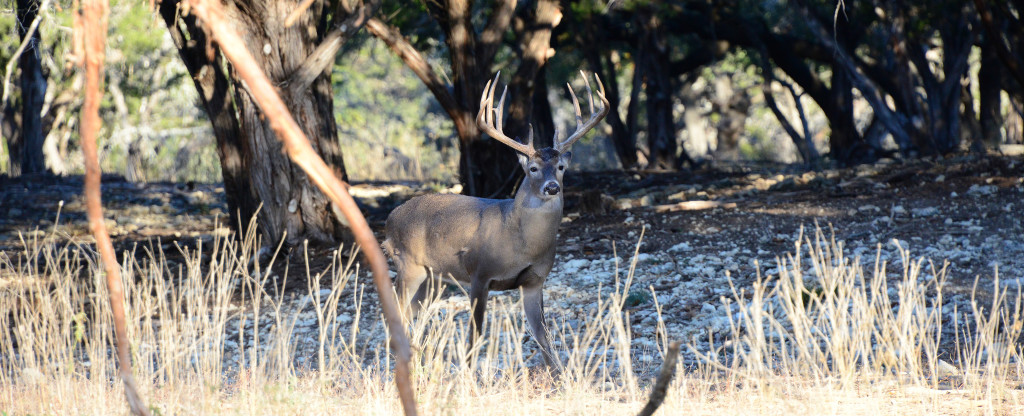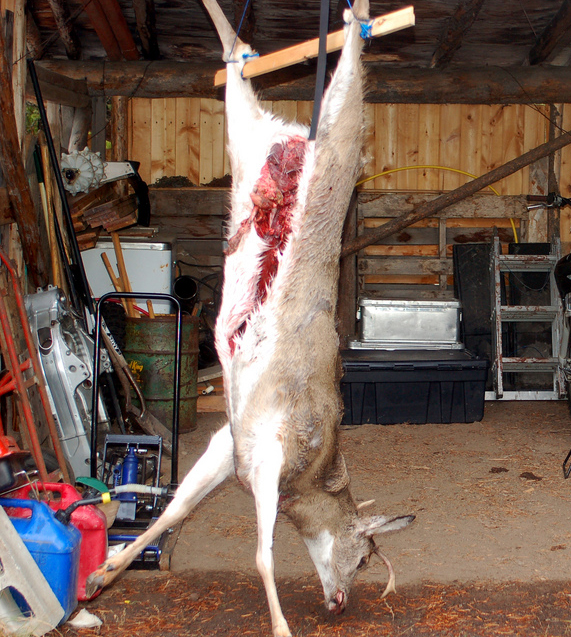There are undoubtedly a number of hunters who wonder how white tails and muleys differ, and how that impacts deer hunting. There is indeed a difference when it comes to hunting them and techniques used for one species don’t necessarily work for the other.

Appearance
A mule deer (Odocoileus hemionus) is a western species of deer that live primarily west of the Rocky Mountains. The common name comes from the very large ears, somewhat like those of mules. White tailed deer (Odocoileus virginianus), which live primarily east of the continental divide, have smaller ears, relative to the head.
 The tails of the two species are also different. Mule deer have a black tip on the tail and this is quite noticeable against the white rump patch. White tails, as the name implies, don’t have a black tip on the tail. Rather, the top of the tail down to the very tip is the same color as the back and sides of the animal. It should be noted that black tailed deer are a subspecies of mule deer and these include the Sitka black tailed deer. Both subspecies of black tails have more black on the tails than other mule deer.
The tails of the two species are also different. Mule deer have a black tip on the tail and this is quite noticeable against the white rump patch. White tails, as the name implies, don’t have a black tip on the tail. Rather, the top of the tail down to the very tip is the same color as the back and sides of the animal. It should be noted that black tailed deer are a subspecies of mule deer and these include the Sitka black tailed deer. Both subspecies of black tails have more black on the tails than other mule deer.
Mule deer have antlers that fork out, starting a few inches from the top of the head. In this respect, mule deer antlers are similar to those of elk, though the rack is not as large. A white tailed deer has antlers that have a beam, or main antler, that runs the full length of each side of the rack. The tines branch off from the beam rather than forking out from each other.
Size
There are people who believe that mule deer are always larger than white tailed deer. This isn’t necessarily true, especially in light of the fact that black tails and Sitka deer, also known as Sitka black tailed deer, are subspecies of mule deer. Both tend to be smaller than white tails. Still, the average mule deer is often larger than white tailed deer.
Habit
 Both species of deer have excellent senses of hearing and smell. However, a white tailed deer is often more skittish and acutely aware if anything looks different in their traveled areas. They seem to memorize the terrain and may abandon normally used deer trails if there has been a change, including hunters sitting and waiting. For this reason, tree stands are often used when hunting for a white tailed deer.
Both species of deer have excellent senses of hearing and smell. However, a white tailed deer is often more skittish and acutely aware if anything looks different in their traveled areas. They seem to memorize the terrain and may abandon normally used deer trails if there has been a change, including hunters sitting and waiting. For this reason, tree stands are often used when hunting for a white tailed deer.
Mule deer, on the other hand, tend to ignore minor changes, though they will often key on any motions they perceive. Deer hunters in mule deer country have good success by carefully walking through the forest or finding a suitable place to sit and wait for the deer, even if they aren’t totally hidden from view. Deer stands are less often used for this species.
White tailed deer and mule deer are different in a number of ways. This can have a bearing on the method used to hunt the deer. Since the two species don’t often overlap in range, it can be useful to know how to tell the difference and how the deer differ so that appropriate ways of hunting them can be used. You may not have a great deal of choice in which deer you will be hunting locally, but the knowledge can be a big help in your success.
Images by PublicDomainPictures, Larry Smith, Chris Sgaraglino and C.V. Vick



